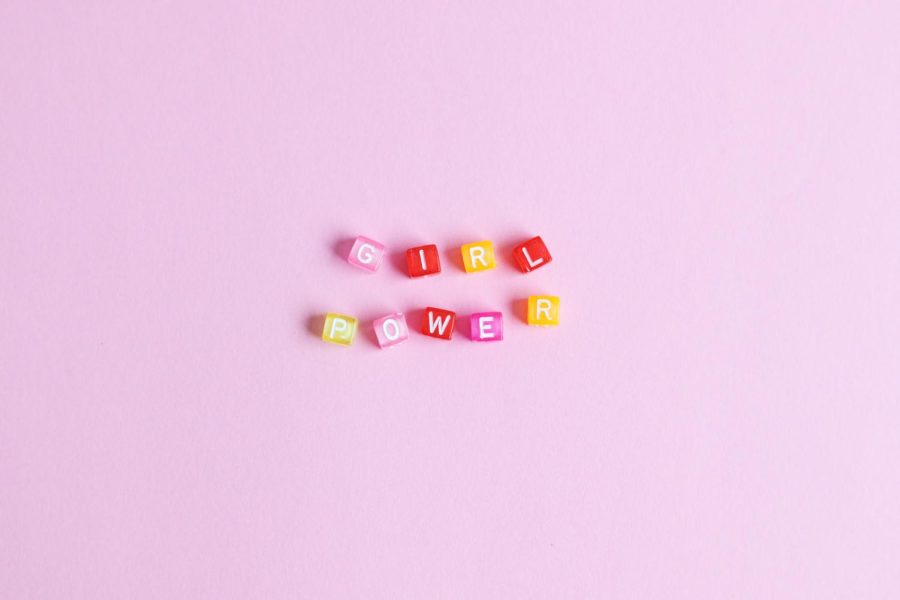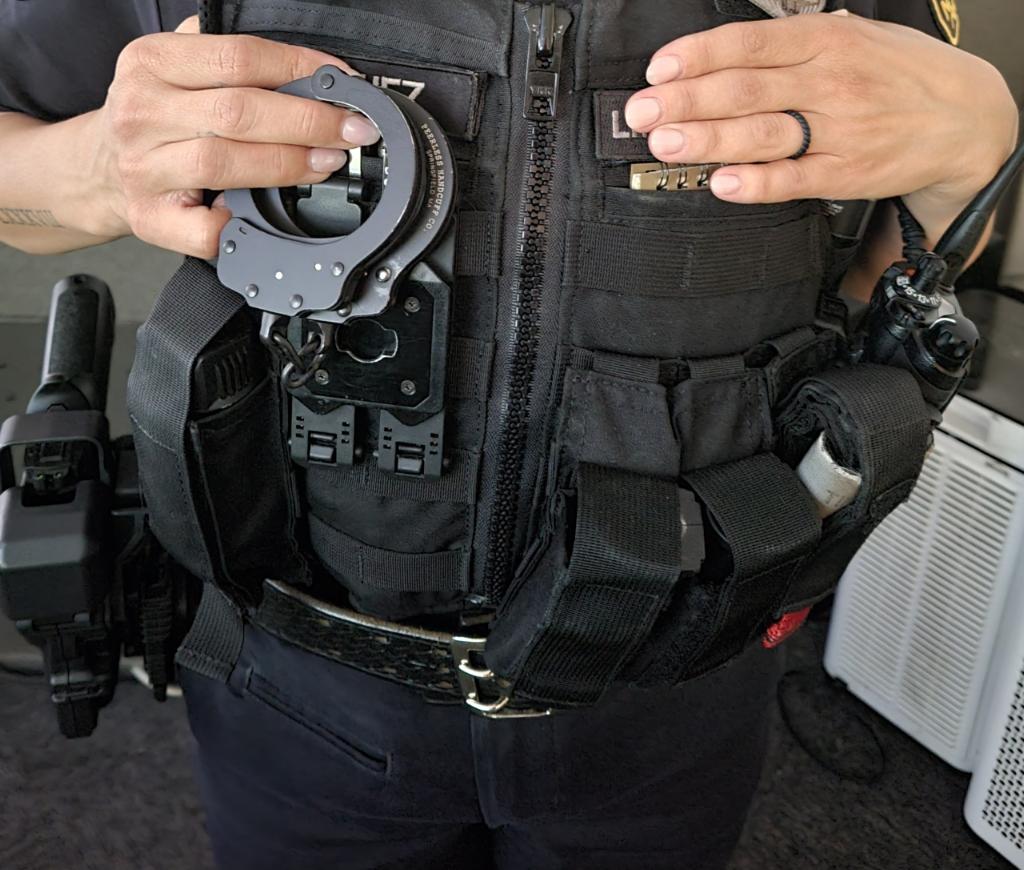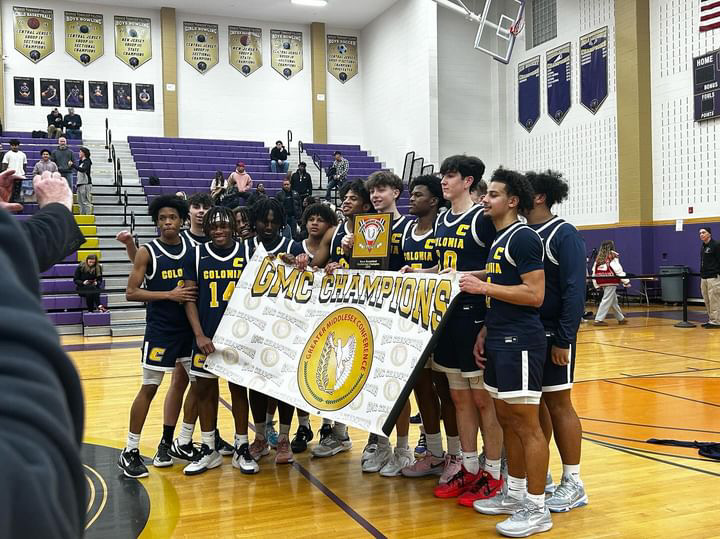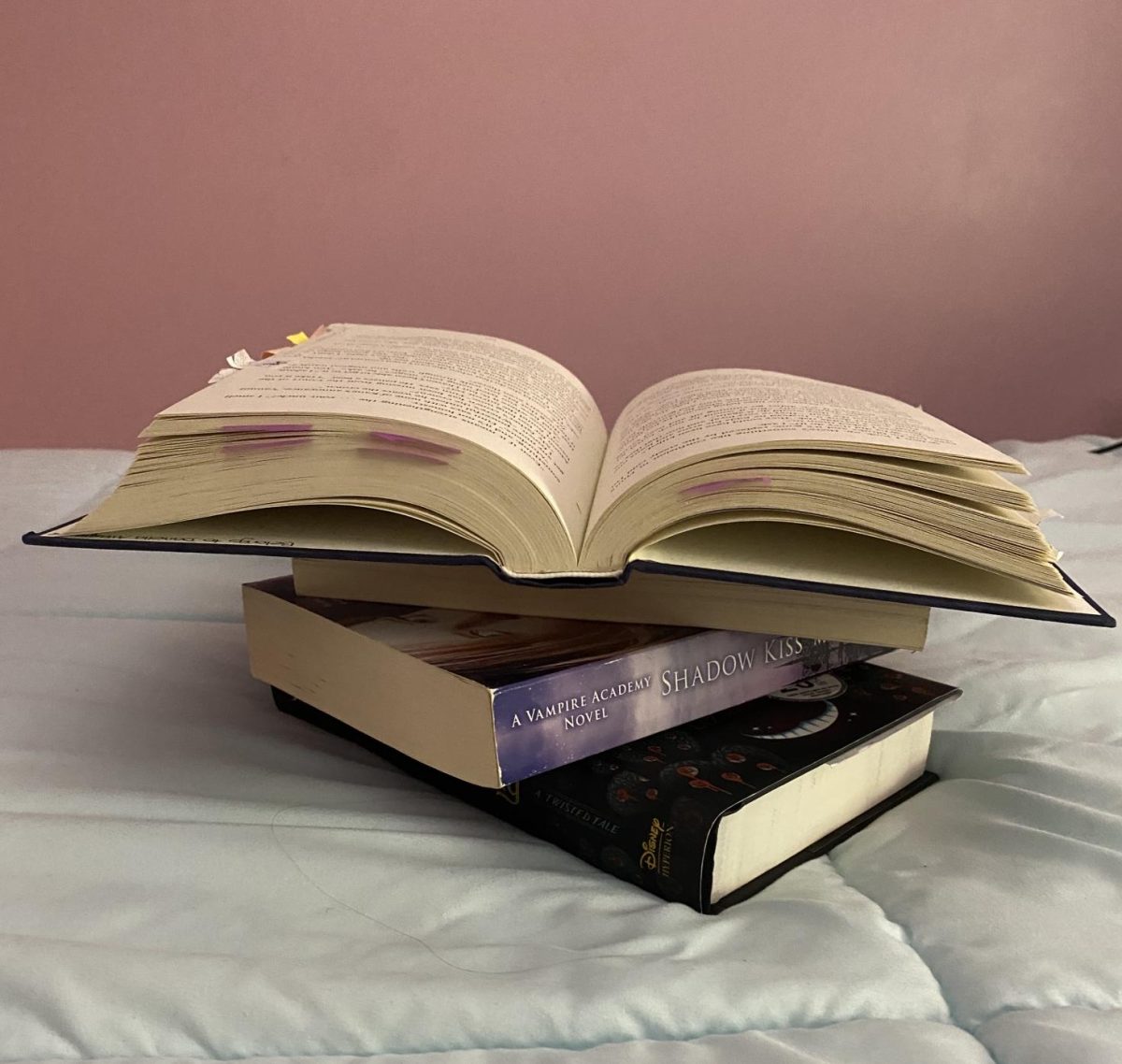A newly discovered phenomenon of preteens straying away from “girly” things, are now reclaiming their love for all things feminine in female solidarity as they mature.
Forced feminine
Girls in childhood before 9 years old are pushed to “feminine things”. Even before a baby’s birth, the female sex is represented with the color pink during a baby shower. In a toy store, blue toys with monster trucks and superheroes are separated from the pink dolls and princesses. At clothing stores, the difference between the girls’ and boys’ section is drastic. The girls’ section has hot pink, sequin, glitter, floral prints, and princesses. On the other side, the boys’ section is blue, green, black, with superheros.
Tiffany, a sophomore at Colonia High, recalls an experience where she was forced into gender assigned colors. “When I was 8 years old,” she said, “I was getting jelly during a birthday party and an older man there said I could only get the pink jelly and not the green because I’m a girl”.
Growing up with pressure to wear girly clothes and the refusal of “masculine” items is said to be the main factor that girls in their preteen ages enter a “tomboy” phase. When society assigns inanimate objects, people are destined to fight against it. Especially when gender assigned items perpetuate stereotypes like the hyper feminine villain in the media.
Villainizing femininity in media
The media has been villainizing hyper-feminine characters since time can tell. On a Google search, which uses Oxford Languages, warns that the term “girly” is “often derogatory” above its definition. In entertainment media, the common denominator for many tv shows or movies in their villains is their love for fashion and “girly” things.
Sharpay Evans of High School Musical , and Regina George of Mean Girls, are characters of movies that many millennials and gen-zers grew up watching. Sharpay Evans is never without pink, high heels, skirts, dresses, bows and mini bags. Regina George and her mean girl posy is always wearing short skirts, heels, makeup and dainty jewelry. Both characters will do anything it takes to secure their place in a high school hierarchy. With Sharpay, she tries to take the spotlight in the school play and win over the star basketball player. Similarly, Regina is the leader of the most popular circle of girls in the school. When someone threatens her position, she exposes her enemies to reclaim her spot.
An antagonist’s purpose is to oppose the main lead’s goal and create conflict. A villain is meant to be disliked so that the audience can identify which side of the conflict they should stand. Feminine characters and their “girly” characteristics is a target easily mocked. These feminine characters are stereotyped for their manipulation, the lengths they will go for attention, they’re lack of sympathy, shallowness and most notable, their feminine gender expression.
TV shows and movies reflect societal values and norms. With the media presenting the idea that feminine equals villain, it is possible that children began to follow that formula later on in their preteen stage.
Every girl’s tomboy phase
About 75% of women in a multi selection survey conducted by The Declaration, say that during their preteen ages, they were more drawn to masculine things because “Being ‘girly’ was no longer cool”. About 33% selected that it was because of “Pressure from peers to present more masculine”.
Girls internalized what the media presented to them. With most villains being hyper feminine, that meant being so in real life should be avoided. When other peers turned their backs on “girly things”, more did the same. During ages 9-12, most girls go through a “tomboy” period where they don’t associate with feminine things. Cambridge Dictionary refers to “tomboy” as “a girl who acts and dresses like a boy, liking noisy physical activities”.
This preteen tomboy time period is detrimental to how girls choose to present. Some girls choosing a more androgynous style, but others face stereotypes and embrace their femininity despite its unpopularity in society.
Healing with Girlhood
Girls are sharing their love for Hello Kitty, Barbie movies, skirts and dresses, floral prints, and especially the color pink. Women are healing their preteen self and enjoying the color yet again. “I don’t know how I started to like girly things because I remember being so anti-girly when I was a preteen.” Ashley said, “Now I love pink and being feminine.”
Girls were forced into gender stereotypes and grew up watching the media portray women in a bad light. To clap back, they are reclaiming their love for femininity. Some phrases trending on social media platforms is proof of this. Distractify defines “girl’s girl” as “a girl who is not petty and strives to be ethical and decent in her dealings with her female friends”. Women are encouraging others of expressing their gender instead of continuing the refusal of it. According to Britannica, “girlie” is “featuring attractive young women who are wearing little or no clothing”. Despite its original definition, women are calling each other “girlie” as a term of endearment. Some other commonly used phrases are “girl boss” and “girl power”.
Women are joining in solidarity whether if it’s for national issues, or subtle ones that unknowingly leave a great impact. The originating reasons for women changing the meanings of femininity cannot be entirely traced back. This new generation’s sense of a female community–pushes the agenda that feminine doesn’t represent shallowness and manipulation.
History of pink
Contrary to popular belief, the color pink hasn’t always been for girls. According to Medium, The Infants’ Department published the article “Pink or Blue” in 1918. This article suggests, “Girls should wear blue because it is much more delicate and has a dainty tone”. While, “Pink being a decided and stronger colour is more suitable for the boy”.
It wasn’t until 1953, when First Lady Mamie Eisenhower wore a rhinestone pink gown with matching pink gloves and clutch that the association of the color turned. Mamie Eisenhower was first to fight gender assigned colors during a time where feminine women would commonly wear blue.
As the assignment of pink changes throughout history, it only shows that gender is a construct and its assigned objects contribute to that. Women should be allowed to express their femininity without backlash or like the opposite of the stereotypical girl. The women that went through their preteen phase of rejecting “girliness”, are realizing that it okay for themselves to be on either side of the gender expression spectrum. Women are collectively standing together in hope to undo the stereotypes and negativity surrounding femininity.











